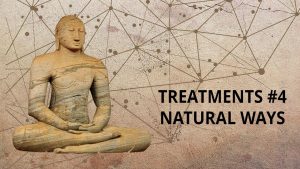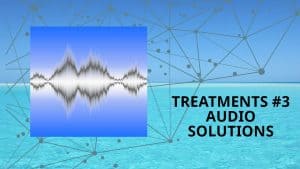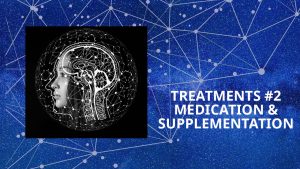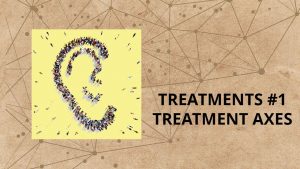
Dopamine and Serotonin influence.
Here we will discuss Dopamine and Serotonine and their relationship to tinnitus.

Here we will discuss Dopamine and Serotonine and their relationship to tinnitus.

We are going to be interested here in Sophrology as well as in other disciplines which use relaxation techniques associated with methods aiming at working on or re-structuring our emotions to achieve a better acceptance of tinnitus.

In this post we are going to focus on the notched audio therapy method that we are using to improve the perception until even get rid of tinnitus.

Let’s focus on several treatments that can be described as alternative medicines or natural ways.
Thermal cure, acupuncture, meditation …

We will in this article try to get into the details of the operation of the best known audio treatments methods.
These include the use of music, noise generators, and hearing aids .

Let’s have a summary here of the Medication and Supplementation possibilities. Medication doesn’t really solve the problem while supplementation may help by improving aspects of the global response to tinnitus.

The causes of tinnitus can be very diverse and often difficult to identify.
This logically results in a wide variety of possible tinnitus treatments axes.
It will of course be possible and probably advisable to combine several of them.
let’s take a look at the existing possibilities.
A Tiny Silence presents ‘Silence.’
A tinnitus audio therapy based on personalised acoustic treatments that are adapted to your tinnitus.
Associate them with practical relaxation and controlled breathing exercises and get rid of your tinnitus !
© 2021 A Tiny Silence – Audio Therapy for Tinnitus Treatment.
Your Tinnitus, our Solution.
First be sure to place yourself in a quiet environment.
Use a headphone; you should only hear your tinnitus and the frequency test.
Play the synthesizer ( PLAY / PAUSE) and adjust the volume to your convenience – ideally at the same level as the perception of your tinnitus.
In the case where you would have several tinnitus, focus on the one you most perceive.
Then vary the frequency using the previous / next arrows, until you find the frequency that best matches your tinnitus.
Do not hesitate to pause / play the sound in order to compare better.
Frequency range of the tool goes from 78Hz (D#1) up to 9956Hz (D#8).
The frequency area covered represents 7 octaves.
If you are not familiar with these concepts, we invite you to read our post dedicated to Frequencies and Decibels.